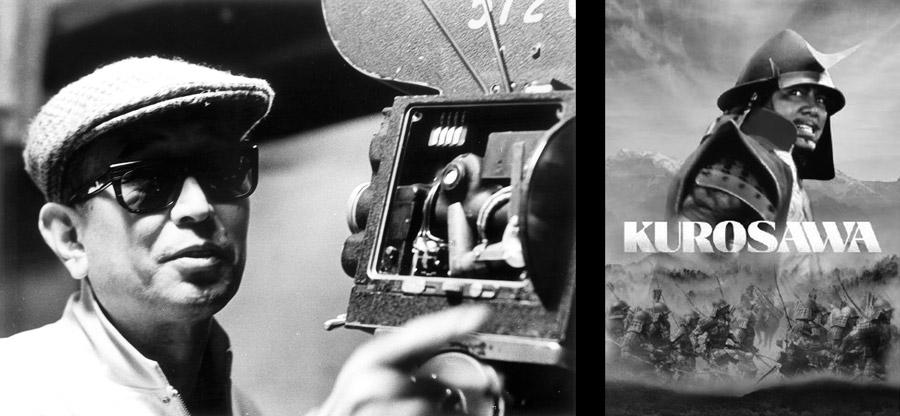Akira Kurosawa is arguably the most well-known and celebrated filmmaker in Japanese cinematic history, bar perhaps one Yasujiro Ozu. With a prominent style and narrative diversity that has duly inspired a slew of prominent filmmakers from across the globe – generating copy after copy, homage after homage and parody after parody – Kurosawa’s films are perhaps the most ingenious and ever-relatable cinematic works that have ever been created. Constantly receptive and intrinsically mesmerising, the films of the Tokyo-born director have managed to maintain their longevity, long after their initial release, many times collected together as one of the most important selections in the history of film.

Kurosawa’s first notable and widely acclaimed picture was the 1950s criminal mystery jidaigeki (“period drama”), Rashomon, premiering in Tokyo to high levels of box office revenue but relatively low volumes of praise from Japanese film critics. Baffling many when the same film received near-unanimous praise from western audiences, going as far as to win both the Italian Critics Award and the Golden Lion award at the 1951 Venice Film Festival (later winning an Academy Honorary Award in 1952 four years before the implementation of the Best Foreign Film category).
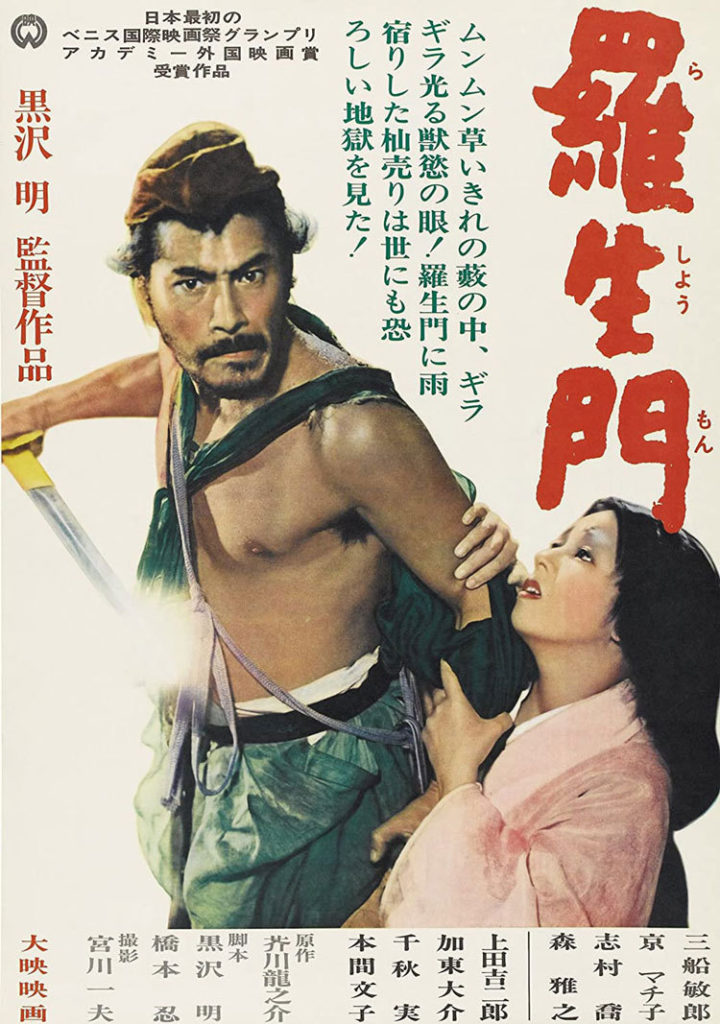
Exploring the nature of truth in a world strewn with personal bias and political/social gain, Rashomon – based on the short story, In a Grove, by Ryunosuke Akutagawa, with its title and signature framing taken from one of his earlier works – depicts the tale of a murdered samurai (Masayuki Mori) whose fatal circumstances remain ambiguously met. Opening on a seemingly prophetic torrential downpour, we find a woodcutter (Takashi Shimura) sitting alone with a priest (Minoru Chiaki), under the ruins of the Rashomon city gate as to avoid getting wet.
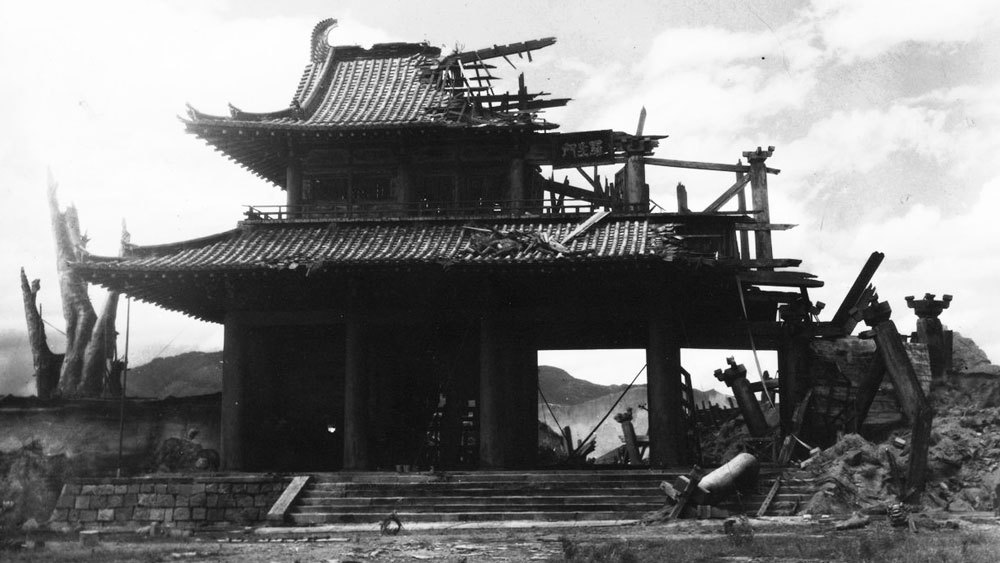
Joined later by a lowly commoner (Kichijiro Ueda), the woodcutter and the priest begin recounting the events of a recent inquiry into the mysterious death of a travelling samurai. That three days earlier, while looking for wood in a nearby forest, the woodcutter had inadvertently stumbled upon the body of a dead samurai – finding a woman’s hat, a samurai cap, a cut rope, and an amulet in the process. Plagued with panic, the woodcutter explains that he ran to notify the local authorities about this heinous crime, and thus was brought to the local court to testify as a witness.
The priest then begins his account of the tale, revealing that he had in fact seen the samurai travelling with his wife the very same day the murder happened and was also brought to court as a witness. Thus ensues a tale within a tale of murder, mystery, and misconduct, as we learn from four separate entities (in the form of multilayered flashbacks) about their perception of the events which led to the death of the aforementioned samurai.
As a purveyor of truth in a world incapable of “total honesty”, Kurosawa believed “it is much harder to avoid the truth while pretending to be other people. They often reveal much about themselves in a very straightforward way”. A pertinent statement and one that is clearly woven into the narrative of Rashomon – in which, following the initial pathetic fallacy of the unresolved mystery amidst the rain, we are then permitted to listen and make judgments on three separate accounts of the same fatal incident; diversified by contradiction and the inherent subjectivities of each speaker as we, the viewer, attempt to discern the flurry of events that led to the crime at hand.
The Bandit
First off, we listen to the tale of the captured bandit, Tajomaru (played wonderfully by Toshiro Mifune) who claims to have tricked the samurai to step off the beaten path, tying him to a nearby tree in service of his crime. Continuing this internal flashback, we then see that the bandit proceeds to seduce the samurai’s wife (Machiko Kyo) who in turn begs him to duel her husband so as to avoid the shame of her submission being known by both men. Tajomaru accepts, untying the samurai and subsequently beating him in fair combat only to find that the wife has escaped amidst the kerfuffle. Later asked about a certain valuable dagger owned by the wife to which the bandit responds he left, regrettably, as the pearl inlay would’ve made a mighty bounty in an otherwise fruitless criminal endeavour.
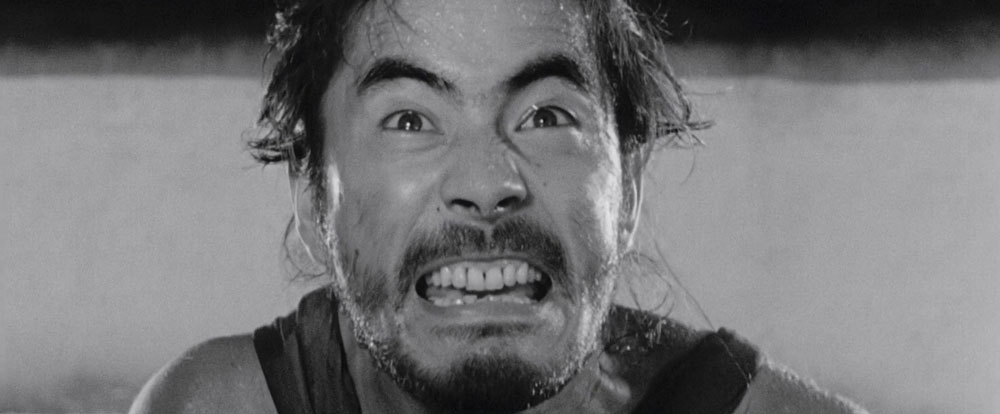
A seemingly far-fetched story of bias and pride, we (who are framed as the listener of each suspect – the lens of the camera – the eye of the beholder) are then implored to listen to the remaining stories from both the samurai’s wife and seemingly that from the samurai himself, as his story is told from the perspective of a psychic medium. Each of these stories recounts a varied depiction of the events that, while seemingly plausible, are inherently contradictory in their detail.
The Wife
Contrasting with the bandit’s somewhat dubious story of his aforementioned thievery and assault, the samurai’s wife instead claims to have been left by Tajomaru after his raping of her, and, due to the shame of this defiling, is thus loathed by her husband until she, at last, begs him to kill her. Seemingly refusing, the samurai simply stares at her in disgust until she faints with the aforementioned dagger in hand, later waking to find her husband inexplicably impaled by said dagger.
Similar to the bandit’s tale of seemingly unfathomable cunning and skill, the wife’s story is also strewn with contradictions; like how the knife ended up impaled in her husband’s chest, while its bearer lay coincidentally unconscious and therefore, unaccountable. Hence making the wife’s account of the events as equally far-fetched as that of the bandit’s – distancing herself from the murder in question by way of condemnation and self-absolution. As with the bandit’s tale of unadulterated criminality, the wife’s depiction of events is strewn with pride, as she, despite being witness to the atrocities, comes out with her innocence intact and her dignity mostly unimpaired.
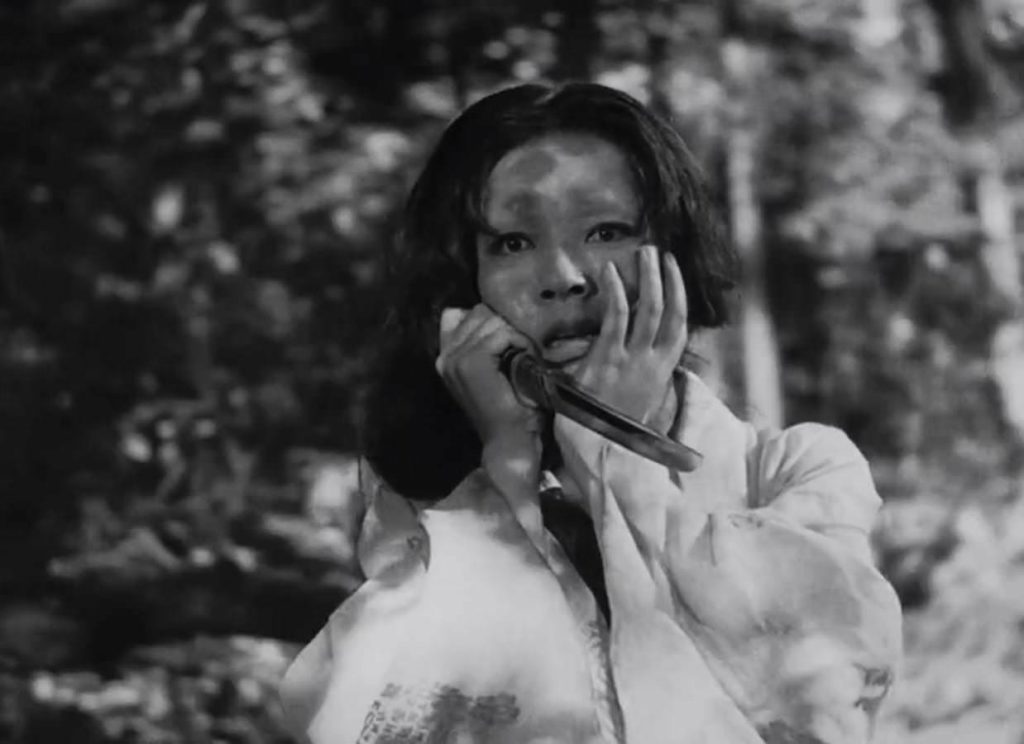
This is perhaps the reason why Rashomon lingers as a seminal tale of truth and truthfulness. Each of the stories we are subject to is strewn with personal bias and the parasitic influence of pridefulness. We cannot conceivably correctly judge either the wife or the bandit’s perception of events as each is blurred by their self-perceived dignity. Kurosawa implies fervently, with his film, the incoherence of perception and the inability to understand one’s true any more than the truth as fact. When given accounts of a crime within a flashback, or in the woodcutter’s point of view, a crime within a flashback within a flashback, we are inherently subject to narrative embellishments and elements of untruth. Thus, making the search for truth, practically impossible.
The later and perhaps seemingly most reliable account of the events is that from the samurai himself. Albeit told via the clairvoyance of a psychic medium (Noriko Honma), the samurai recounts that, after raping his wife, Tajomaru asks her to leave her husband and travel with him instead. She accepts and similarly to her story, asks the bandit to kill her husband so as not to feel the shame of belonging to two men. At this request, the bandit grabs the beaten samurai and gives him the choice of either killing her or letting her go – a sentiment of honour to which the samurai reciprocates a portion of respect: “For these words alone I would like to pardon his crime”. However, the wife proceeds to flee and the bandit resolves to release the samurai in his failure. As per the medium’s retelling of events, the samurai then follows to kill himself with his wife’s dagger, which is later removed by someone else.
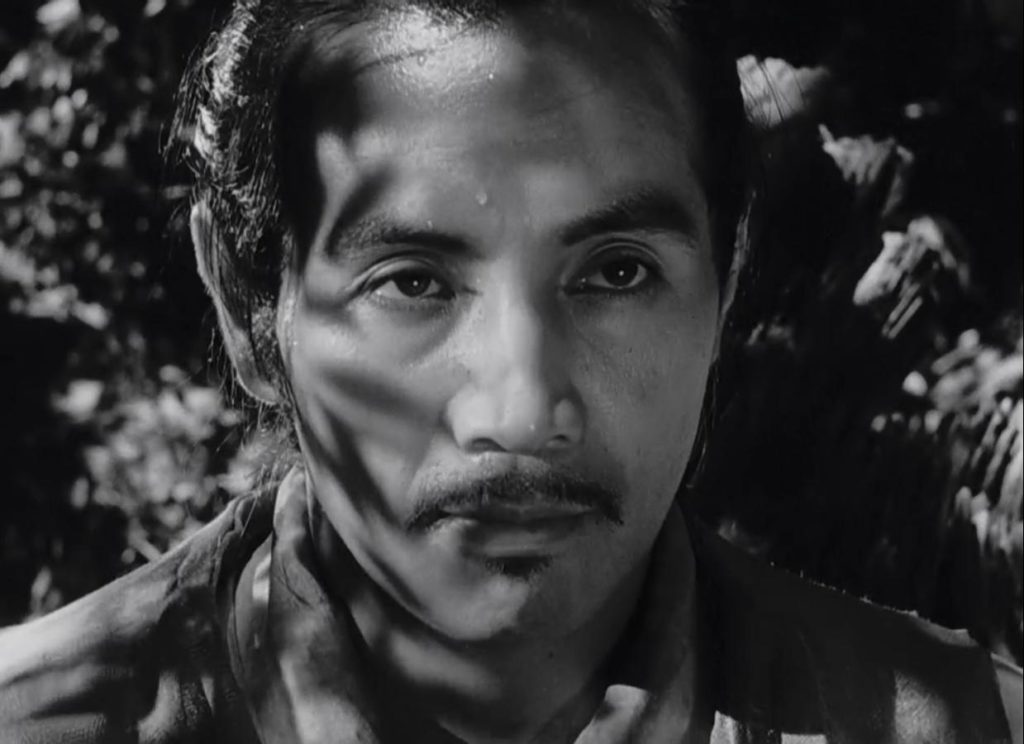
Through the recounting of three separate points of view, Kurosawa sows the seeds of subjectivity – detailing and then confusing said events with wholly different and yet believable utterances of truth. Magnifying the subjective lens of cinematic storytelling – to show, not tell – in a tale within a tale, and a story about the act of storytelling. Rashomon was wholly consummate in its depiction of perception, influencing a slew of thematic and narrative resonance in films such as 12 Angry Men, Gone Girl, or in its 1964 western remake – The Outrage.
The Woodcutter
To attain the levels at which Kurosawa explores truthfulness and the search for truth in Rashomon would be a great feat of narrative significance, as, after each of the accounts told by our three main suspects, we then receive a seemingly ultimate perception of the event as the woodcutter reveals that he in fact was witness to both the rape and murder, declining the opportunity to testify at the trial because he did not want to get involved. Recounting as follows, that after the rape, the wife – somewhat shamed by her husband’s unwillingness to fight for her safety – implores that the two men fight each other for her hand. Resulting in a more pitiful duel than Tajamaru’s epic retelling of the event, the bandit ends up winning by a stroke of luck, the wife flees and the victor stumbles off into the forest.
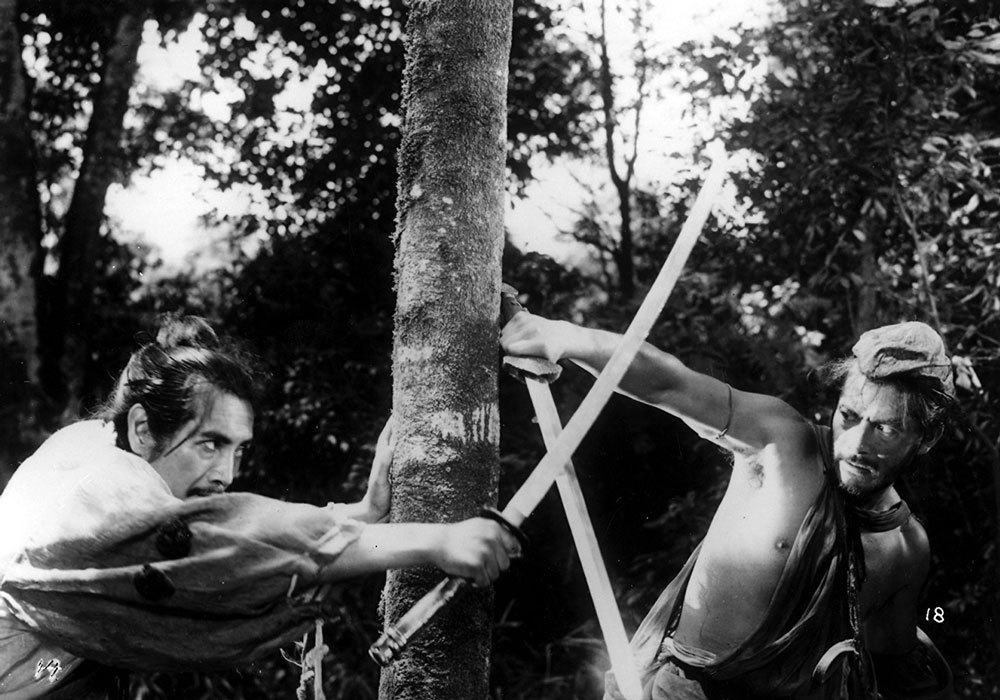
A much more believable account of the events, and yet one is still strewn with bias and pride. The woodcutter, after hearing such falsities, feels obligated, to tell the truth about the crime in question. Yet, even he, as a withholder of information is undeniably unreliable. Influenced by guilt and shame, the woodcutter only reveals his tale out of compulsion, believing that to atone for his cowardice he must reveal the truth of the matter. Again scattering his story with pridefulness and regret.
Inadvertently styling the epistemological framework known as the Rashomon effect – a term related to the notorious unreliability of eyewitnesses – Rashomon proves, undoubtedly, Kurosawa’s ability to create great cinema out of the confines of human fallibility. That while strewn with inconsistencies and an unproven mystery – and therefore an unsatisfying, criminal investigation – it is the intricacies of human desire that keep this film as relevant as ever.

To act logically would be utterly inhuman, and to act without pride would be fallacious, as inherent to the nuances of human interaction, we are but coerced by our own perceptions of self and self-worth. Grand or small, our actions are somewhat governed by our inability to be wholly objective. And perhaps, this is all Kurosawa intended with Rashomon – to explore the tentative and chiefly egotistical nature of humankind through an intricate retelling of an unfortunate event that, by and large, was as inconsequential as the resulting investigation. Maybe that’s all. Life as cinema – reverberating thus Martin Scorsese’s later sentiment that cinema “is a matter of what’s in the frame and what’s out” and exploring it to the tenth degree. Yet, in Rashomon’s case, it’s how you perceive what’s on the screen that proves its profundity.
As a wholly original and exceptional piece of cinema history, Kurosawa’s Rashomon is perhaps the most intricate film in his overall exemplary body of work. Exploring the mysteries of human intricacy, Rashomon is a unique entity of crime, psychology and cinematic resonance; arguably unmatched in terms of sentiment and utterly transcendent in its search for truth and truthfulness.
















































